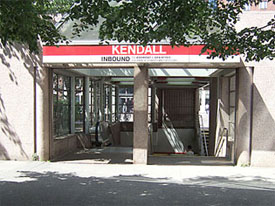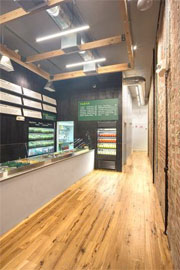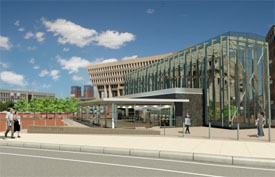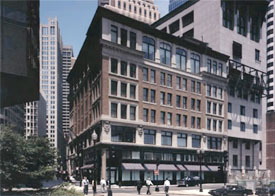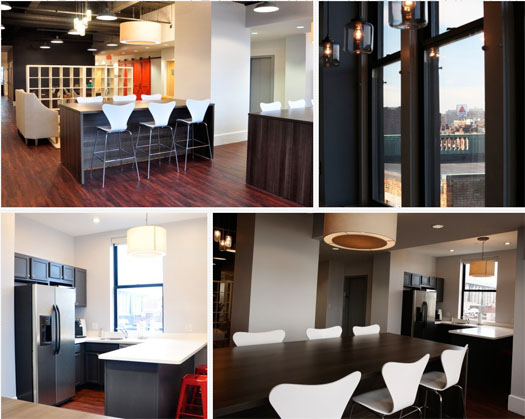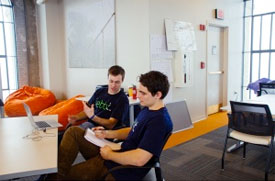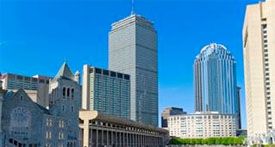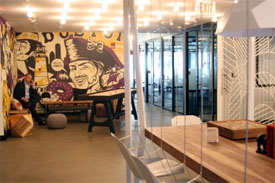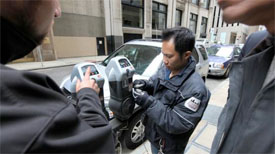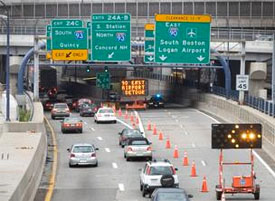Why are the V.C. firms leaving Waltham for Boston? Is it traffic and higher priced rents? No, the customer is there. Downtown Crossing (DTX) has evolved to being a hot bed of new technology companies that wanted a few simple items. Rents; looking for an affordable option, DTX has Class B rents ranging from the mid to upper $20’s to the mid to upper $30’s PSF. The swing in price is due the specific location, the build out of the space and the condition of the overall building. In addition some buildings have a staffed lobby, while other operate on a key FOB system.
Location; emerging companies are competing for a hot commodity, talented staff. Location becomes a huge factor what that young employee doesn’t own a car and relies on the T to get them around. DTX is uniquely positioned at the Red, Green, Blue and Orange lines.
So, that is why the V.C. firms are moving back to the city to pay Class A rents that can start in the upper $40’s PSF and beyond?
The latest Venture firm to vacate Waltham for Boston or Cambridge? North Bridge Venture Partners.
From betaboston.com:
North Bridge Venture Partners, based in Waltham, is planning to move to Boston or Cambridge some time later this year, said general partner Michael Skok. “Our leanings are toward the Innovation District or Downtown, mostly based on entrepreneurs saying it,” Skok said.
The Betaboston.com article on North Bridge Venture Partners is available in full, here.

